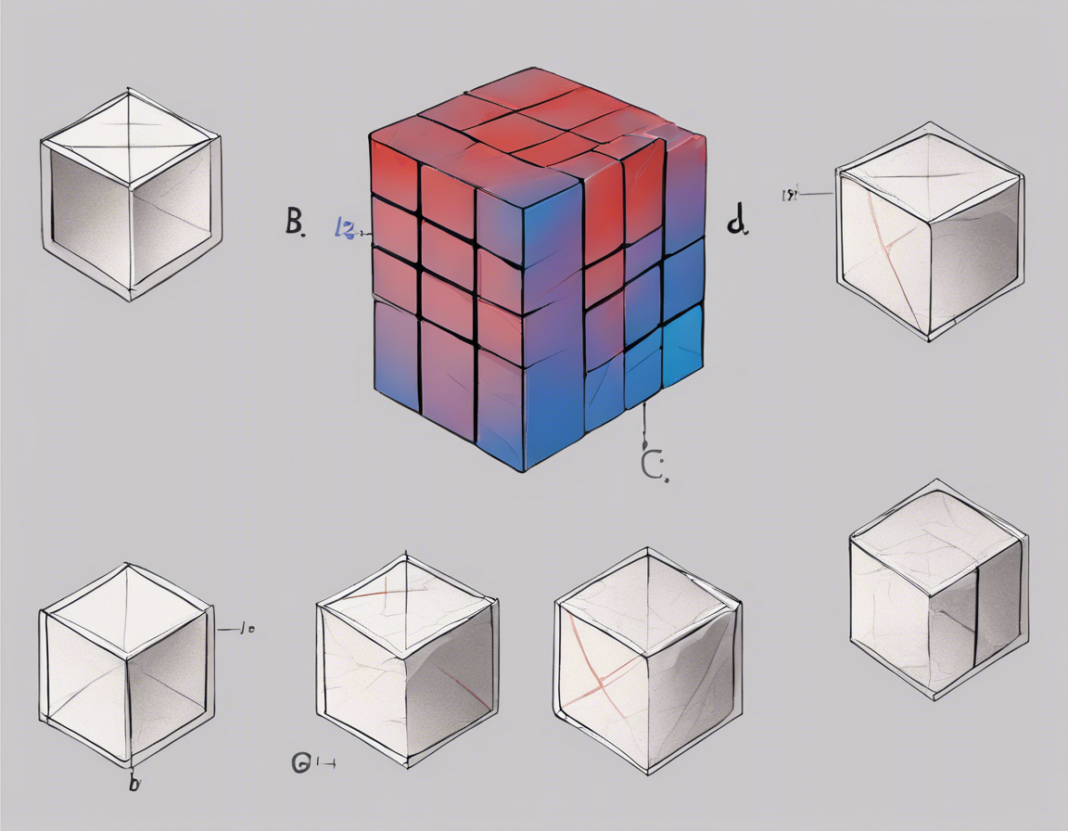Are you struggling with the formula of (a + b)^3? This formula might seem daunting at first, but breaking it down step by step can make it easier to understand and solve. In this article, we will delve into the intricacies of the (a + b)^3 formula and provide a comprehensive guide on how to solve it with ease.
Understanding the Formula
The formula (a + b)^3 denotes the cube of a binomial expression comprised of two terms, a and b. When expanded, the formula yields the sum of three terms, each representing the cube of either a, b, or the sum of the two terms. The formula is expressed as:
(a + b)^3 = a^3 + 3a^2b + 3ab^2 + b^3
Step-by-Step Solution
To simplify the formula, follow these steps:
Step 1: Cube the terms
- a^3 is the cube of a
- b^3 is the cube of b
Step 2: Apply the “Three Terms” rule
- Calculate 3a^2b by taking three times the product of a^2 and b
- Calculate 3ab^2 by taking three times the product of a and b^2
Step 3: Sum the terms
- Combine all the calculated terms to obtain the final result
Example
Let’s illustrate this with an example:
If a = 2 and b = 3, find the value of (a + b)^3.
Solution:
Substitute the values of a and b into the formula:
(2 + 3)^3 = 2^3 + 3 * 2^2 * 3 + 3 * 2 * 3^2 + 3^3
(2 + 3)^3 = 8 + 3 * 4 * 3 + 3 * 2 * 9 + 27
(2 + 3)^3 = 8 + 36 + 54 + 27
(2 + 3)^3 = 125
Therefore, (2 + 3)^3 = 125.
Common Mistakes to Avoid
- Forgetting to cube each term
- Misapplying the “Three Terms” rule
- Incorrectly distributing coefficients
Advantages of Understanding the Formula
- Simplify complex algebraic expressions
- Facilitate faster calculations
- Enhance problem-solving abilities
By mastering the (a + b)^3 formula, you can elevate your algebraic skills and tackle more challenging mathematical problems with confidence.
Frequently Asked Questions (FAQs)
-
What is the difference between (a + b)^3 and (a + b)^2 formulas?
- The (a + b)^2 formula represents the square of a binomial expression, while (a + b)^3 represents the cube.
-
How can I remember the terms in the expansion of (a + b)^3 formula?
- A useful mnemonic is to think of the terms as representing “a cube, three pairs, and b cube.”
-
Can the (a + b)^3 formula be applied to negative values of a and b?
- Yes, the formula is applicable to negative values as well, following the same principles of expansion.
-
Are there alternative methods to solve the (a + b)^3 formula?
- One alternative method is to use Pascal’s Triangle or combinatorial methods to expand the formula.
-
How can I practice and reinforce my understanding of the (a + b)^3 formula?
- Engage in algebraic exercises and problems that involve using the formula, gradually increasing the complexity of the expressions.
Understanding and mastering the (a + b)^3 formula is a valuable skill that can benefit your mathematical proficiency and problem-solving capabilities. Practice applying the formula to various scenarios to enhance your algebraic prowess and conquer mathematical challenges with confidence.
